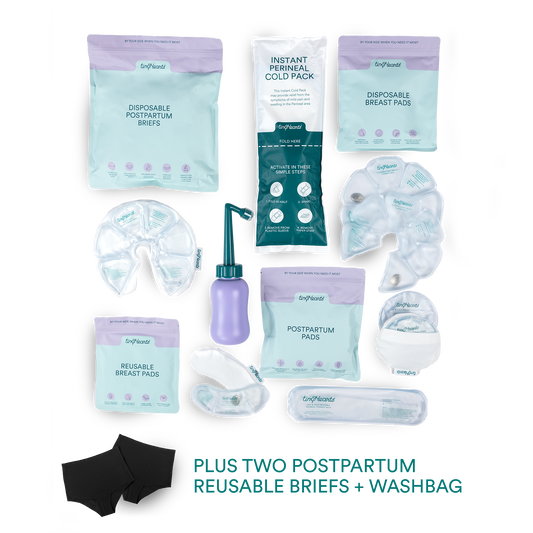It's the most wonderful time of the year. Spring has sprung! Flowers are blooming, the sun is shining (mostly), and of course, magpies are ready to swoop the shit out of you.

The motivation for this post comes from a very intense run in with a magpie on my regular afternoon walk. In short: there was a whole lotta swearing, running, and waving my arms in the air. And while I am super grateful that there were no injuries, I can assure you my ego was feeling a bit worse for wear by the end of it.
All jokes aside, Magpie swooping injuries are a thing! While the majority of swooping injuries do not result in any harm to the victim, there certainly are occasions where it can happen. In fact, Magpie Alert (a website dedicated to recording swooping magpie incidents) have recorded that just over 12% of recent swooping incidents have resulted in injury.
Remember that time I mentioned I was running away, waving my arms around and yelling at the magpie during my swooping incident? Well yeah, don't do those things. If you (like me) would like to prevent a swooping incident, Magpie Alert suggests you should do a few things including:
- Keep alert and pay attention to any magpie nesting areas. Steer clear of these locations!
- Travel in groups (the birds apparently like to target individuals)
- Wear sunglasses with a hat to protect your head and eyes
- If you are cycling and getting swooped, it might be helpful to get off your bike and walk
- While getting swooped, it's important to stay calm. If you panic and flap this is more likely to appear as aggressive behaviour and provoke a further attack
- Face the magpie! They tend to attack from behind, so facing them should avert them.
- Try to protect your eyes with your hands. Those large beaks are very sharp, and eye injuries have been previously recorded.
From what we can see from reported injuries, they are mostly either scratch or lacerations from the attack or even in some cases, eye injuries. So, if you do happen to fall in the 12% of swooping victims that do get injured, here's what you need to do.
Laceration First Aid
External bleeding is defined as any blood loss that can be seen coming out of the body and this is normally caused by lacerations, puncture wounds, abrasions or grazes. In rare cases, severe or life-threatening bleeding may occur if a large vein or artery had been injured.
If you or your loved one has been in a swooping incident which has caused a non-severe or life-threatening laceration or puncture wound, you should:
- DRSABCD
- Apply DIRECT PRESSURE to the wound using hands or padding + bandage. Pressure should be firm enough to stop the bleeding. If bleeding continues, apply a second pad and a tighter bandage over the wound. do not remove the original padding or bandaging
- The emphasis is on firm, even pressure over the wound site rather than layering up a large amount of padding.
- If there is an object embedded in the wound, do not remove the object, apply padding around the object and apply firm pressure around the object (never directly onto the object).
- If this does not control the bleeding, treat the patient as per life-threatening bleeding.
All animal scratches and bites should be washed immediately and thoroughly with soap and water, then apply antiseptic (such as iodine-based antiseptic).
For minor a wound, you will want to change the dressing whenever it becomes wet or dirty and don't forget to remove the bandage after a couple of days to promote healing. See your local GP if you notice the wound isn't healing or any redness, increasing pain, oozing, warmth or swelling around the wound or immediate area.
Eye Injury First Aid
The eye is a delicate structure that can be easily damaged. These kinds of injuries should be treated seriously!
If you have been in a swooping incident which has caused an eye injury, you or your loved one might experience the following signs and symptoms:
- Pain, burning or irritation in or behind the eye
- Scratching feeling in the eye when blinking
- Continuous lacrimation (tears) from the affected eye
- Reduced or altered vision
- Blood in or around the eye
- Redness in the eye
- Sensitivity to bright lights
- Nausea and/or vomiting
Now, to treat this pesky injury - here's what you need to do:
- DRSABCD
- Reassure the patient - eye injuries can be incredibly frightening
- A small foreign body may be removed by gently flushing the affected eye with running water from the inner corner to the outer corner. If unsuccessful, cover the eye with a clean pad and seek medical advice.
- Large foreign bodies lodged in the eye must not be touched - DO NOT attempt to remove the object. Pad around the eye socket and attempt to keep the un-injured eye closed to reduce eye movement. Seek medical advice.
When To See Your GP
The following wounds should be assessed by a doctor as soon as possible:
- deep puncture wounds
- extensive superficial injuries
- all but superficial injuries to sensitive areas such as hands, face and genitals
- any animal bite or scratch if you have not been vaccinated for tetanus







